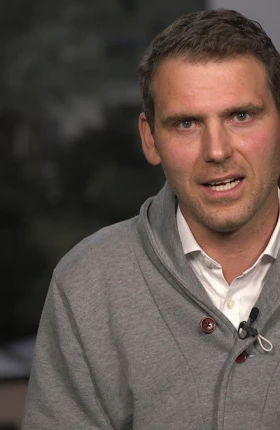先を見通すのが難しいこの時代、変化を察知しそれを踏まえて自社の能力を最大限に発揮させる力はますます重要になっています。本書は、2024年を迎えるにあたり注目すべき4つの重要なトレンドと、時代の変化に対応するために欠かせない4つの経営能力について、企業が考えるべきことを提示します。
Featured Insights
おすすめコンテンツ

Article
2023年11月2日
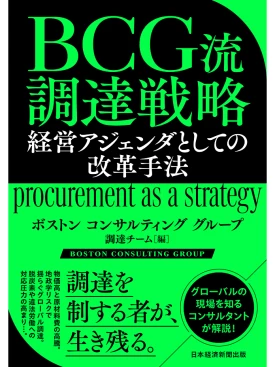
Article
2024年6月21日
調達領域の専門知識を持つコンサルタントが、現場での豊富な経験をもとに、調達部門が置かれている現状を分析し、調達を競争力向上のドライバーへと進化させる改革をどう進めていくべきか提示します。
Manufacturing

Article
2025年10月23日
The pressure is on for manufacturers. But opportunity awaits those who rethink their approach to AI, efficiency, and operations.
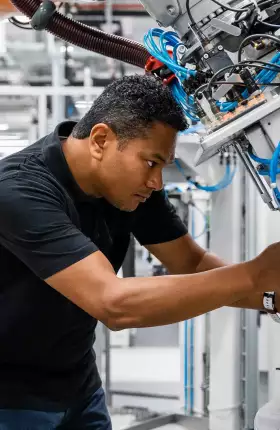
Article
2024年6月13日
Realizing value at scale requires a sharp focus on people and processes, even more so than on the technology backbone and algorithms.
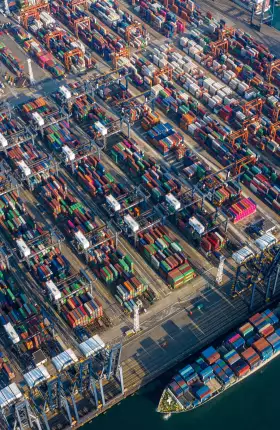
Article
2023年9月21日
Trade disruptions have prompted many global companies to shift where they produce and source goods. But getting the desired results requires a difficult balancing act.
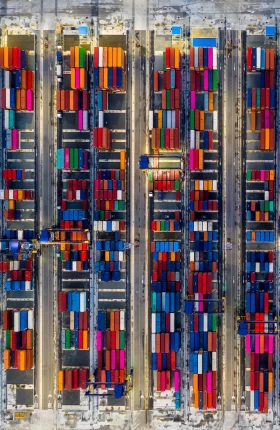
Article
2022年11月15日
Building resilience and promoting sustainability while maintaining cost efficiency, service levels, and growth requires redesigning your network—and that will take several years. Better get started.

By leveraging data and advanced analytics, companies can provide better products and services, optimize their value chains, and maximize return on capital. Effective data-sharing applications are essential to define key success factors and to enable manufacturers to derive value from their data.
BCG-WEF Project: AIを活用した産業財オペレーション
製造業企業は、生産性の向上、サステナビリティの改善、レジリエンスの向上、労働力の強化を最適化するために、最新のテクノロジーをどのように活用することができるでしょうか。
Industry 4.0

Article
2023年7月19日
Organizations must use all their data, customize and link their underlying systems, and manage the transition patiently to get the best from the new breed of IBP platforms.

Industry 4.0
Article
2022年12月5日
Combining distributed and additive manufacturing mitigates supply chain risks by enabling fully digital interactions, better economics for producing small quantities, and flexible capacity.
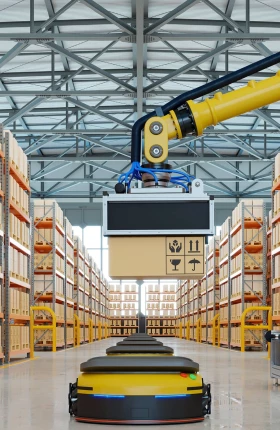
Article
2022年11月8日
Higher levels of automation and flexibility help manufacturers offset labor shortages while boosting service and safety.
Video
2020年7月14日
The Factory of the Future
What does the future of manufacturing look like? BCG's Kristian Kuhlmann explores the dimensions of optimization shaping the next level of progress.
Supply Chain
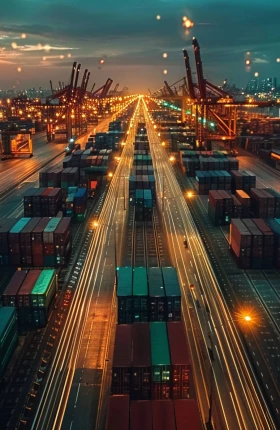
Article
2025年3月6日
Companies have already taken steps to reduce costs along the supply chain. Further reductions require tougher decisions in several key areas.

Report
2025年1月13日
BCGの新たな調査では、今後10年間で世界貿易に劇的な変化が予測されています。国家間の同盟関係、対立、戦略的意図により、グローバル経済は再構築されていくと考えられます。
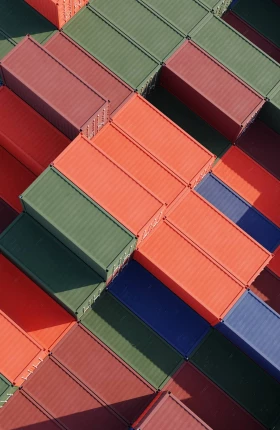
Article
2024年2月6日
With parallels to the complexities of building a house, BCG’s approach to transforming a supply chain emphasizes the importance of coordination, digital enablement, and speed.

Article
2023年5月9日
Companies often struggle to match decision-making speed with changing dynamics. That’s why a decision-led approach to end-to-end planning transformation is key.
Subscribe
Stay ahead with BCG insights on manufacturing
Sustainable Supply Chains
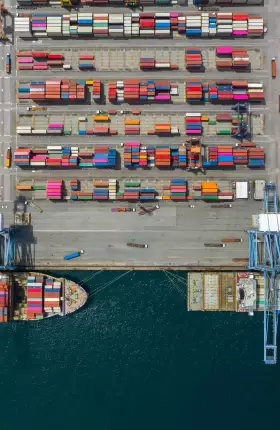
Article
2023年10月30日
By adhering to a simple six-step process, business can systematically manage ESG risks in global supply chains. Doing so will also embed ESG into the heart of operating models.

Article
2023年3月27日
Eventually, once the circular value chain is mature and optimized, secondary materials will cost less than primary materials.
Tackling Scope 3 emissions is essential to reach net zero targets. But Anastasia Kouvela explains how doing so goes beyond climate benefits: aligning leaders and driving innovation to create value and reduce costs.

Article
2023年6月21日
Supply chains generate 11.4 times more emissions than in-house operations, but only 39% of businesses engage suppliers on climate topics. Here’s how to engage them.
Building a New Manufacturing Landscape
Amid shifting dynamics, transforming the global footprint can improve companies’ resilience and sustainability and cut manufacturing and supply chain costs. How are successful companies doing it?
In this video, BCG’s Marc Gilbert shares his perspectives on an effective sourcing footprint transformation.
Many manufacturers in the region recently moved parts of their supply chain. Although the results didn’t always meet objectives, the successful transformations had three things in common.
From 2018 through 2022, China’s shipment of goods to the US dropped by 10%. Manufacturers in India and Southeast Asia are reaping the benefits of this change.




